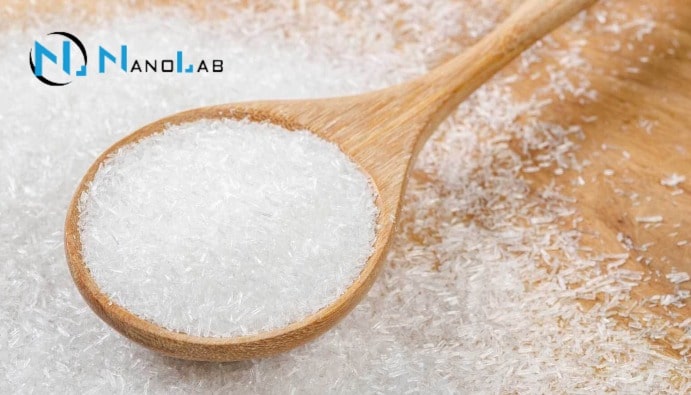Determination of Monosodium Glutamate (MSG)
MSG (Monosodium Glutamate), also known as Chinese Salt and widely used in packaged products, can be obtained from gluten and soy proteins or by bacterial fermentation. With its extensive use in packaged products, it has become a product that is questioned by consumers and its health hazards are investigated.E621 coded MSG contains umami taste in addition to sweet, sour, bitter and salty flavors. In the Turkish Food Codex Communiqué on Food Additives Except for Colorants and Sweeteners, the daily usage limit is specified as 0.10 g/kg. For MSG, which is used in many foods such as instant soups and appetizers, it is described as "safe if taken in a certain amount" by the FDA.
“Chinese Restaurant Syndrome” occurs when MSG is consumed too much. Symptoms such as headache, chest pain, shortness of breath, sweating and edema occur as a result of "Chinese Restaurant Syndrome".
You can contact Nanolab Food Analysis Laboratory for the determination of Monosodium Glutamate (MSG).


